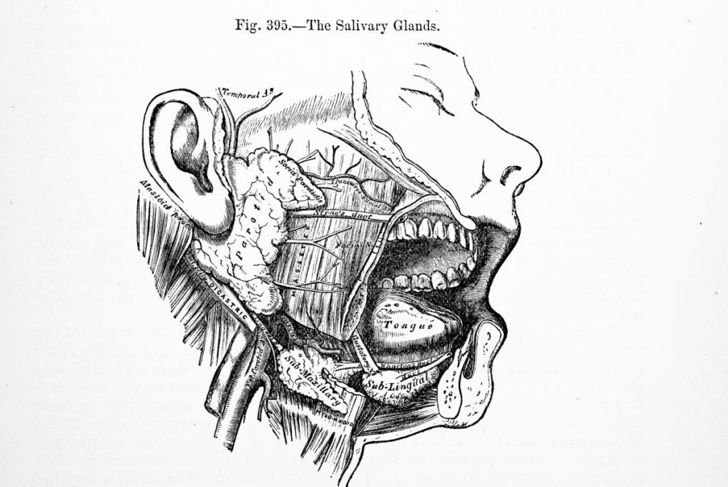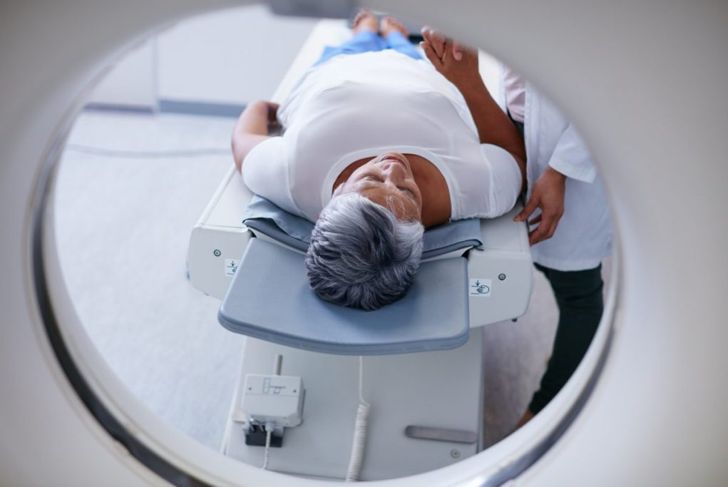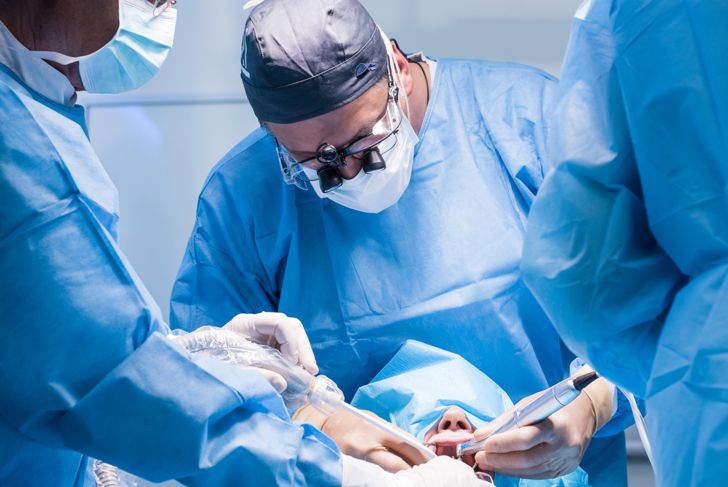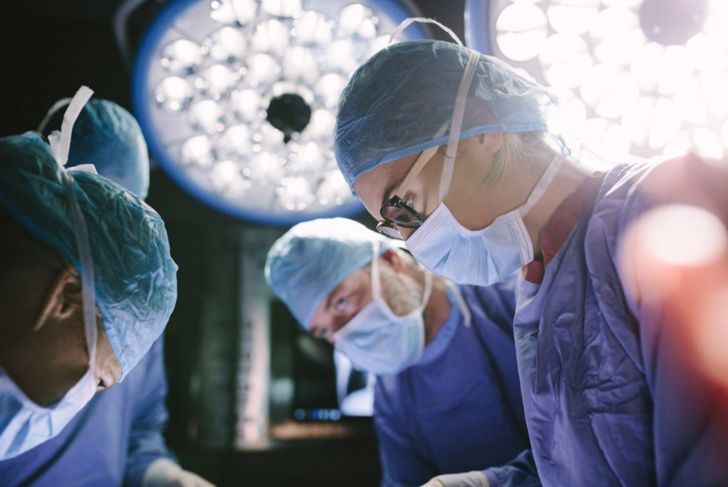Sialadenitis is a rare condition that occurs when the salivary glands, the organs that create saliva, become inflamed. Saliva production is vital — it moistens food during chewing and makes it easier to swallow. It also helps begin digestion and protects the teeth. Some cases of sialadenitis come on suddenly (acute sialadenitis); in other people, the condition is long-lasting or recurring throughout their lives.
Where are the Salivary Glands?
There are three salivary glands in the mouth. The parotid salivary glands reside in the cheeks, just in front of the ears. Submandibular glands are beneath the chin. The sublingual glands are under the tongue and are the least likely to become inflamed.
Causes of Sialadenitis
Sialadenitis occurs when the salivary glands become infected, leading to inflammation and swelling. Bacterial or viral infections can cause this inflammation, but the former is most likely. The Staphylococcus aureus bacterium is the most common cause of sialadenitis; mumps is a possible viral trigger. Poor dental hygiene can also cause sialadenitis — bacteria are more likely to build up inside the mouth and lead to infection.
Risk Factors
People who have a reduced flow of saliva into their mouths are more likely to get sialadenitis. Those with salivary gland stones may develop the condition if the stones block the glands and cause irritation. People who are chronically dehydrated, recovering from an operation, or with suppressed immune systems are more at risk. Certain age groups are more prone to sialadenitis, particularly older adults and newborn babies. Men and women are equally likely to be affected.
Common Signs
The most common signs of sialadenitis are swollen and red salivary glands and swelling of the cheeks and neck. The affected area may be painful or tender, and the body may produce less saliva than usual, leading the person to complain of a dry mouth. Depending on the severity and type of infection, one may also develop a high-grade fever and pain and difficulty eating and notice an unusual discharge from the affected gland.
Diagnosis
To diagnose sialadenitis, doctors examine the patients and discuss symptoms. They may use a scope to look at the salivary glands more closely. Tests are usually necessary to determine the cause — facial and neck swelling can be a sign of a more serious condition. Knowing the underlying cause will also help the doctor choose the most appropriate treatment path. He or she may take blood tests and swabs of any discharge from the glands, and order screening for mumps. In some cases, the doctor may use a very fine needle to aspirate some of the fluid from the affected gland for testing.
Medical Imaging
The doctor may also order some form of medical imaging, which will help determine whether there is any mass or fluid built up within the glands and rule out more sinister causes. An ultrasound scan is the most common type of imaging used when a doctor suspects sialadenitis. Some patients may also require a CT scan if there is a chance of an abscess or tumor deeper within the neck tissues.
Conservative Treatment
Most patients do not require invasive treatment for sialadenitis. If a bacterial infection is the cause, the doctor will prescribe antibiotic medications. The person should try to remain well-hydrated, and analgesics can relieve any pain or discomfort. The person may also be advised to try sialagogues. These are methods that encourage the salivary glands to produce more saliva, including consuming small amounts of lemon juice, sucking candies, or massaging the affected gland.
Complications
If sialadenitis is not treated quickly, it can lead to a serious infection, which can in turn cause conditions such as cellulitis. In rare cases, sialadenitis can cause a painful abscess to form in the salivary gland. These abscesses can become quite large and obstruct the airway, causing breathing difficulties. This is a medical emergency, and patients may require surgery to cut into the abscess and drain the fluid to ease the swelling and inflammation.
Acute Sialadenitis Prognosis
If a person develops acute (sudden) sialadenitis, the prognosis for recovery is very good. Acute sialadenitis usually resolves on its own or with conservative treatment. Most people find the worst of their symptoms clear within a few days to a week. However, swelling of the tissues in the cheeks and neck can take longer to resolve. Usually, the swelling will subside in a few weeks.
Chronic Sialadenitis Prognosis
Sometimes, sialadenitis can affect a person for a long time, or recur over a long period. This can interfere with quality of life. The prognosis for chronic or recurrent sialadenitis depends on the underlying cause. In some cases, a doctor may recommend surgical removal of the affected salivary gland to resolve the condition.

 Home
Home Health
Health Diet & Nutrition
Diet & Nutrition Living Well
Living Well More
More




















